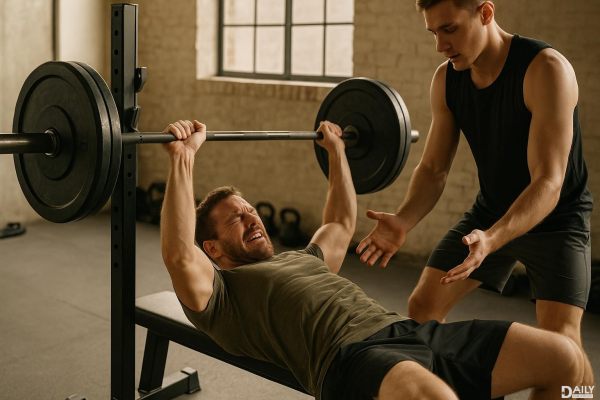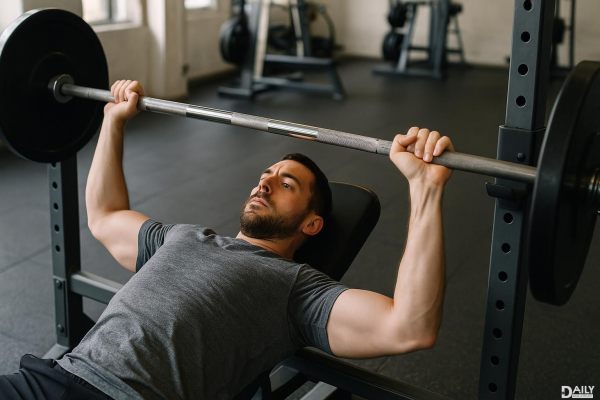Ever pushed yourself to absolute failure during a workout, thinking it’s the only way to maximize gains? Turns out, stopping just short of failure might actually be the smarter move for long-term progress. While going all-out feels satisfying in the moment, it’s not always the most effective strategy for building strength, muscle, or endurance. Let’s break down why leaving a little gas in the tank could be your secret weapon for better results.

When you train to failure, you’re essentially exhausting your muscles to the point where they can’t perform another rep. Sounds intense, right? But here’s the kicker: research shows that training to failure doesn’t necessarily lead to greater muscle growth or strength gains compared to stopping a rep or two shy of failure. In fact, it can increase fatigue, prolong recovery time, and even raise your risk of injury. When you stop short, you’re still challenging your muscles enough to stimulate growth, but you’re also preserving your energy and reducing the strain on your nervous system. It’s like hitting the sweet spot—enough intensity to make progress, but not so much that you’re wrecked for days.
Here’s the deal: your muscles don’t grow during your workout—they grow during recovery. When you push to failure, you’re putting your body under significant stress, which can delay recovery and leave you feeling drained. Stopping short allows your body to bounce back faster, meaning you can train more frequently and consistently. Think of it this way: would you rather crush one workout and need three days to recover, or have three solid workouts in the same timeframe? The latter is a no-brainer if you’re looking for sustainable progress.
Let’s talk about form for a second. When you’re grinding out those last few reps to failure, your technique often goes out the window. That’s not just bad for your gains—it’s a one-way ticket to injury city. By stopping short, you’re able to maintain proper form throughout your sets, which not only reduces your risk of injury but also ensures you’re targeting the right muscles. Plus, good form means better muscle activation, which translates to more effective workouts. It’s a win-win.
So, how do you know when to stop? A good rule of thumb is to leave one or two reps in the tank—meaning you could technically do another rep or two, but you choose not to. This requires a bit of self-awareness and honesty, but it’s worth it. If you’re using a weight that’s so heavy you can only do three reps, you’re probably not leaving enough room for error. On the flip side, if you’re stopping at 10 reps when you could easily do 15, you’re not challenging yourself enough. Finding that balance is key.
Your training goals play a big role in determining whether you should push to failure or stop short. If you’re focused on building strength, stopping short is often the better choice because it allows you to maintain higher intensity across multiple sets. For hypertrophy (muscle growth), you can occasionally train closer to failure, but it’s still not necessary to go all-out every time. And if endurance is your jam, stopping short can help you sustain longer workouts without burning out. The bottom line? Tailor your approach to what you’re trying to achieve.
Let’s not overlook the mental aspect of training. Pushing to failure every workout can be mentally exhausting and even demotivating over time. On the other hand, stopping short can leave you feeling accomplished and energized, which makes it easier to stay consistent with your routine. Consistency is the real MVP when it comes to fitness, so anything that helps you stick with it is a win in our book.
So, next time you’re tempted to go all-out, remember that stopping short might just be the smarter move. It’s not about slacking off—it’s about training smarter, recovering faster, and making gains that last. Your body (and your future self) will thank you.
























